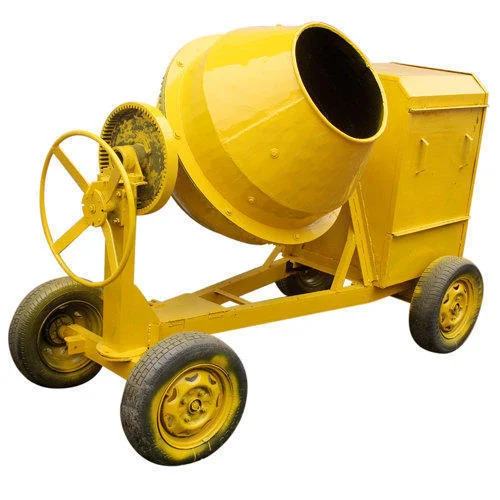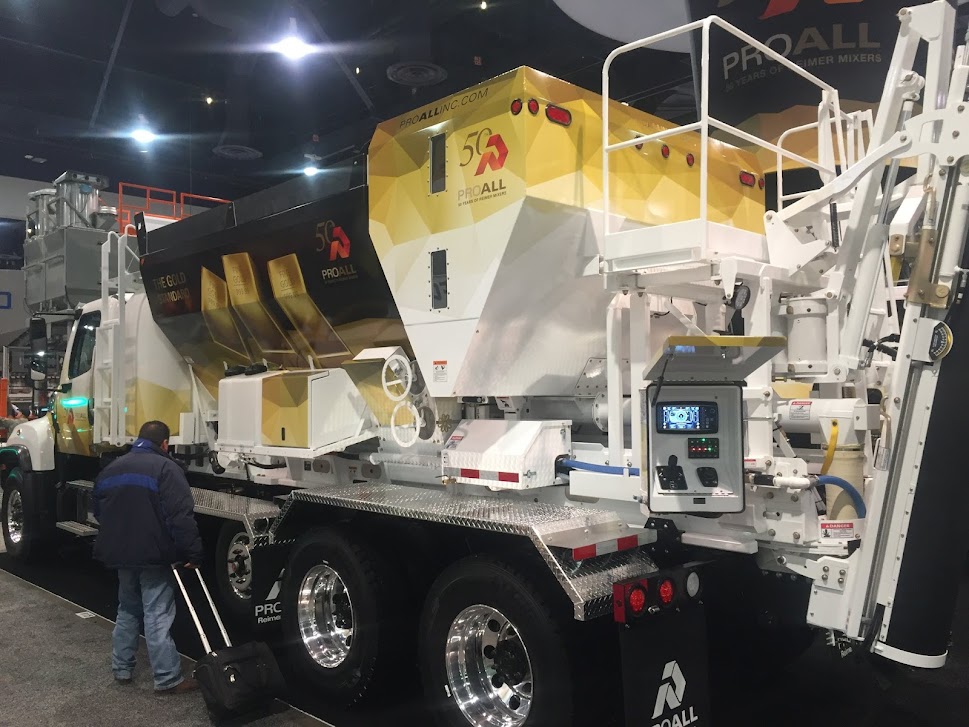Shotcrete and Gunite: Why Pool Builders Choose Them?
If you want to consider building a new pool in the backyard of your hotel or a house, you should know the difference between gunite and shotcrete. These are two different types of sprayed concrete. It is the best type of concrete for tunnels, underground structural repairs, and swimming pools. The force of the concrete spray consolidates the material and quickly adheres to the surface. These are two different types of sprayed concrete used in construction.
Both
types of concrete have their advantages and disadvantages. Both gunite and
shotcrete help you maintain a pool for long years to come. These two keeps the
structural integrity and beauty of the pool intact. So, let's learn about their
pros and cons first.
What is the Difference Between These Two?
These two are two different types of concrete, and both have different application methods. Both are concrete consist of sand, aggregate, and cement. The way water is mixed makes concrete as shotcrete or gunite. For gunite, water is added to the dry concrete mix by the gun-shaped nozzle. On the other hand, shotcrete is formed when water is added to the concrete.
Shotcrete
is the type of concrete mixed in a cement truck before it comes from the hose,
while gunite is a dry mix concrete that gets mixed with the water at the time
of spray. These types of mixtures are ideal for constructing pools, walls, and
parking structures.
Advantages of Gunite
● It
hardens once cured
● Can
prepare on the site instantly
● It
is not costly
● Provides
a smooth finish
● No
apparent cracks
● High
strength
Disadvantages of Gunite
● Accurate
water-cement ratio leads to error
● Limited
in application
● Creates
mess on the site, resulting in clean-up
● Gunite
finishing requires special paints
● When
rebound material is used, it may result in weak points
Advantages of Shotcrete
● Less
application times
● No
chances of leaving weak spots
● It
comes pre-mixed
Disadvantages of Shotcrete
● Possibility
of shrinkage cracks forming
● It
comes pre-mixed, leaving no extra time
● Costly
than gunite
● Adding
water can compromise the strength
● A
low compressive strength than gunite
The Method of Application
The construction process is essentially the same in both methods. It begins with measuring and excavating the ground where the pool will be built.
The
construction process is essentially the same in both shotcrete
and gunite. The plumbing is installed to tie the steel rebar and the cage is
reinforced. After that, a spray is used on the concrete to encase the rebar
correctly. After that, you can use shotcrete or gunite. Once the concrete is
sprayed on the sides, it is time to finish the pool’s shell and leave it for
some time to cure until it sets. After it cures, tiles are installed on the
surface.
In short, both gunite and shotcrete work equally with the help of spraying wet cement in different methods onto the walls and shells of the pools.
Both types of concrete applications have their advantages and disadvantages. Both are the best type of concrete when it is about getting a high-quality, water-friendly, durable swimming pool. So, let's find out how shotcrete and gunite are similar yet different from each other.
Conclusion
Whether you choose shotcrete or gunite, you need to hire qualified pool builders who can make the right decision in every situation and help you understand the difference between these two methods when building your dream pool!






Comments
Post a Comment